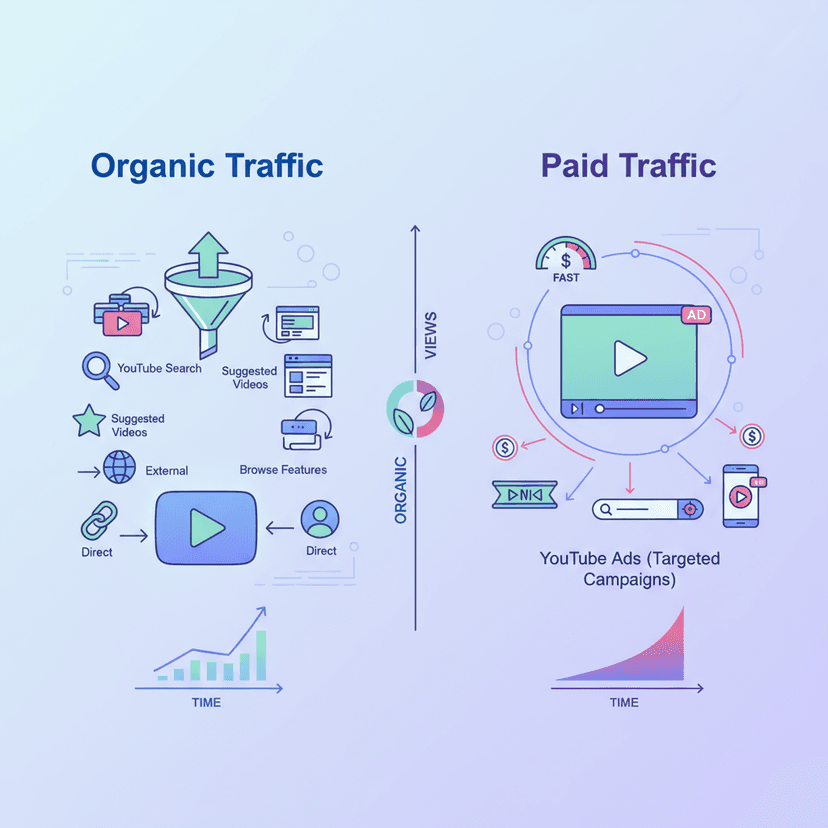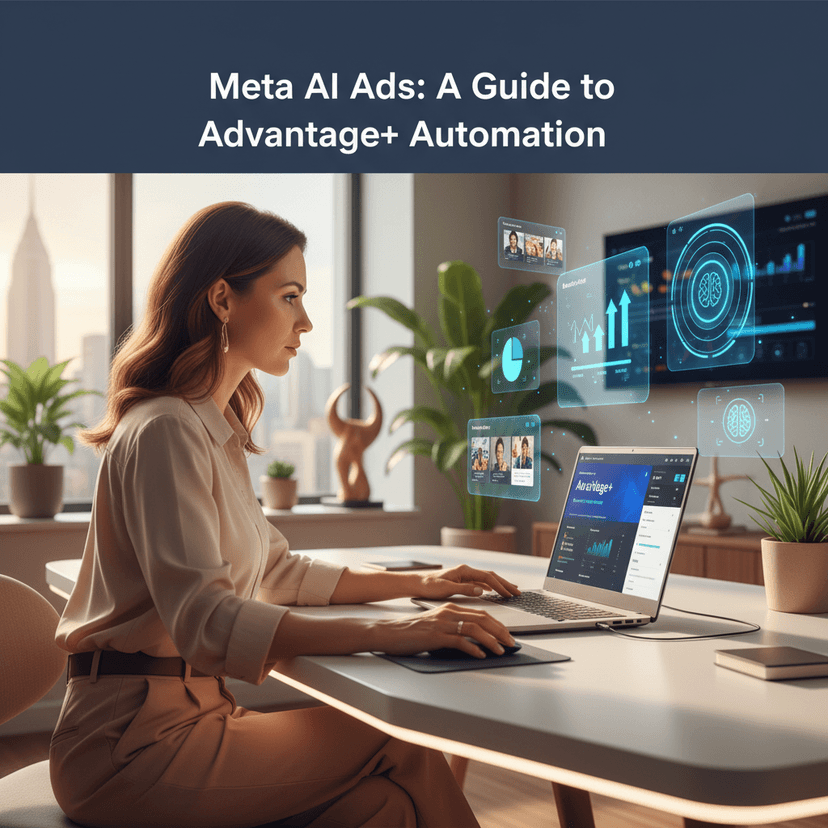The global situation right now makes it clear to even non-financial experts that the world is experiencing an economic downturn. In various industrial estates, workers are being laid off due to the closure of large companies, or even small and medium-sized businesses are struggling to survive in many industries. However, amidst these negative circumstances, some positive developments are also occurring. While most people spend their time indoors, the e-commerce industry has seen sales increase by as much as 25%.
Although various figures indicate that the e-commerce industry is experiencing an upswing, it is safe to assume that most e-commerce business owners remain cautious about unnecessary spending. A question that often lingers in the minds of entrepreneurs is, “How much budget should be allocated for marketing to achieve maximum savings?” This article presents 5 ways to help save costs from Google Ads.
1. Use Negative Keywords to Filter Customers
Many people already know that when advertising through Google Ads, marketers or brands always pay a fee each time a click occurs (CPC). The more clicks there are, the more money you have to pay according to the results. This seems reasonable if every clicker becomes a customer 100%. However, this is not always the case. Some clicks may be accidental, resulting in wasted brand money. Therefore, to reduce risk and prevent irrelevant visitors from clicking, using Negative Keywords is a helpful tool to filter customers, preventing brands from wasting money on non-target groups. Negative Keywords are keywords that advertisers do not want to show ads to people who use those terms when searching on Google Search. For example, if a store only sells sunglasses, simply use the Negative Keyword “prescription” to avoid people searching for prescription glasses.
2. Try Dynamic Search Ads
Improving Google Ads performance is likely the best way to reduce budget and increase efficiency. However, are brands confident they have enough time to analyze reports, track conversions, or even perform A/B testing? Google recognized this and introduced the Dynamic Search Ads feature to help meet the needs of marketers or brands who want better efficiency and reduced workload.
For large E-Commerce businesses with a considerable number of products—often thousands or tens of thousands of items on their websites, such as Amazon, Shopee, or Lazada—Dynamic Search Ads are commonly used. This type of advertising involves searching without needing to enter any keywords into the campaign. Instead, the AI automatically matches search terms with the appropriate landing pages on our website, depending on the structure of each page. Those interested in learning more about the DSA feature can read here. However, marketers need to constantly monitor the creation of these DSA ads to ensure they are working correctly. Even though AI is efficient, a lack of good control can cause everything to fall apart in an instant.
3. Improve Your Quality Score
Brands or marketers with experience in Google Ads are likely familiar with Quality Score. But for those unfamiliar, Quality Score is a score assigned by Google to measure the quality and relevance between the keywords you choose and your advertising campaign. It ranges from 1 to 10. The formula for calculating Ad Rank can be seen in the image below:
As you can see in the image, a high score doesn’t just indicate the quality of your advertising campaign; a higher Quality Score also helps reduce the CPC (Cost Per Click) for your campaign and increases ad visibility.
4. Stop Spraying and Praying! Target Precisely with Custom Intent
The problem of using broad keywords is still frequently encountered among novice marketers, which is a major mistake and will result in wasted money. Creating ads with broad match targeting may seem good in theory, but in practice, it’s better if your ads are shown to people genuinely interested in your products or services. Fortunately, Google Ads offers the Custom Intent Audience feature, which allows marketers or brands to adjust their audience to match their advertising campaigns (more information on how to create it can be found here).
5. Try Retargeting Ads
Most novice Google Ads users target audiences based on demographic and search behavior data. However, there’s another trick that many people don’t know but can boost sales: retargeting ads. These ads target people who have previously interacted with your products or services in some way. According to Criteo, retargeting ads can increase conversion rates by as much as 43%.
If you’re tired of spending money advertising to people who may not be genuinely interested in your brand’s products or services and have no chance of converting your advertising campaign, trying retargeting ads is another approach to focus on specifically those who have previously expressed interest in your brand.
Now that you’ve reached this point, hopefully you’ve found some interesting methods to try and apply to your advertising campaigns. Besides the 5 points above, another important thing is to remember to set up email notifications from Google for assistance and recommendations, whether it’s Campaign Maintenance Alerts, Disapproved Ads, and Policy Alerts. After all, a good marketer should always keep up-to-date with Google’s changes as quickly as possible.
Get Digital Marketing Consultation at Relevant Audience
Relevant Audience is a Digital Performance Marketing Agency dedicated to providing digital marketing services to help businesses reach target audiences looking for products or services at the right time, place, and device through online channels. Our services cover Search Marketing, Social Media Ads, Search Ads, and SEO (Search Engine Optimization), as well as Influencer Marketing, and we are also part of the Google Partners program.
Inquire for more information Tel: 02-038-5055 Email: info@relevantaudience.com Website: www.relevantaudience.com






